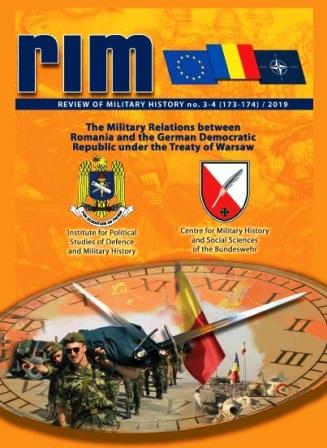Developing NATO’s Capacity to Provide Collective Defence. Sustainability Elements and Rapid Reaction Potential in the Context of Implementing the Flexible Response Strategy
Developing NATO’s Capacity to Provide Collective Defence. Sustainability Elements and Rapid Reaction Potential in the Context of Implementing the Flexible Response Strategy
Author(s): Dragoş ILINCASubject(s): Diplomatic history, Military history, Post-War period (1950 - 1989), Cold-War History
Published by: Editura Militară
Keywords: NATO; SACEUR; CENTAG; NORTHAG; BAOR; REFORGER; POMCUS; Cold War; Flexible Response; force level; prepositioning;
Summary/Abstract: About two decades after the signing of the Washington Treaty, through which the North Atlantic Treaty Organization (NATO) came into being, the reference strategic framework for the efforts to ensure the security and defence of member states has undergone substantial transformations. These were reflected in the adoption, at the end of 1967, of a new Strategic Concept, which had as its main element the development of the potential for crisis response on coordinates of flexibility, through the superior exploitation of NATO’s potential. The implementation of this approach overlapped with a series of events having a profound impact on the security equation during the Cold War. One of the implementation formulas for Flexible Response Strategy would be applied in NATO’s defence system including the development of innovative instruments and procedures. It focused both on the aspects of supporting allied forces and on strengthening the level of interoperability between them in order to meet higher requirements. The creation of an intensive training program (REFORGER), simultaneously with the expansion of the support potential through the prepositioning of equipment (POMCUS) are steps that have contributed to the maturation of the NATO planning process. For the entire duration of the Cold War, these instruments have been constantly used and improved, with beneficial effects in terms of strengthening political and military cohesion between Member States, while providing more coherence in ensuring an effective deterrence posture.
Journal: Revista de istorie militară
- Issue Year: 2023
- Issue No: 1-2
- Page Range: 108-119
- Page Count: 12
- Language: English

